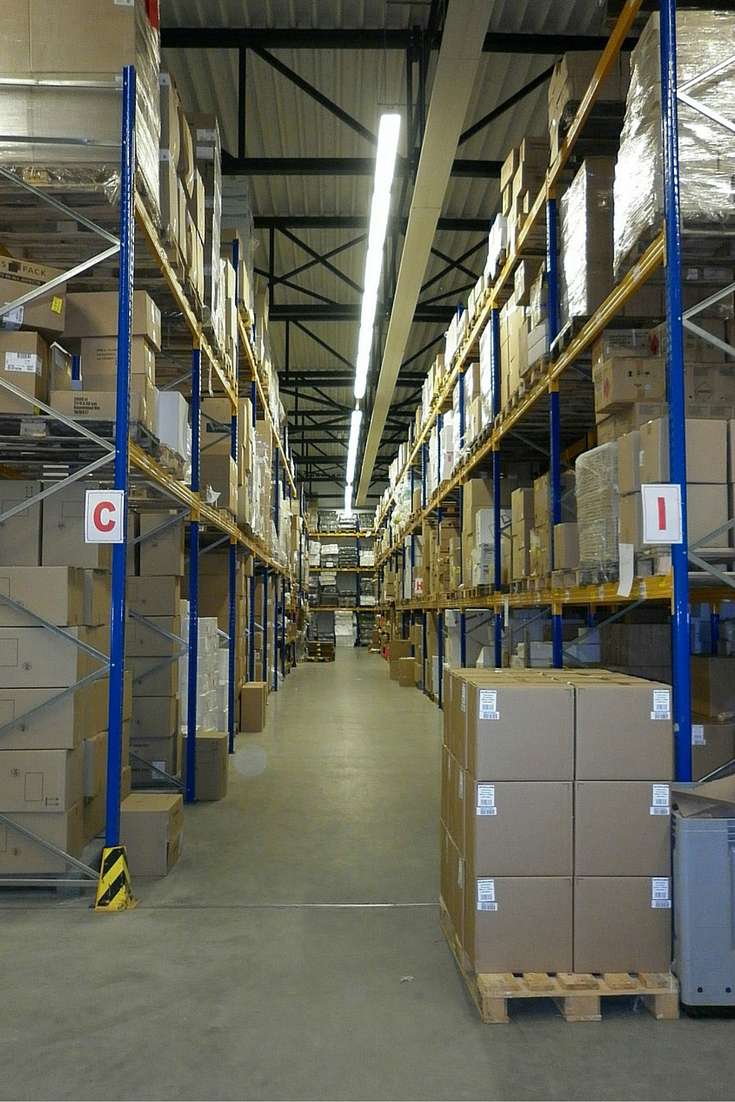You'll often hear small talk among your co-workers about how awful turn-around-times (TAT) are. They're a constant headache, almost as much as an AOG.
Believe me, you're not alone.
Calculate Aircraft Rotable Lifecycle Costs in 7 Easy Steps
Every time you buy an aircraft rotable, how much does it cost your operation? I’ll spare you the pain of having to answer that. It’s not the initial cost you acquired it for. Everything you buy, every part you touch has reoccurring cost, buying an asset for $10,000 doesn’t mean it’ll only cost you $10,000.
The direct cost (the purchase price) is the most common cost most purchasing and logistics departments focus on. I’m sure you’re the same way.
When you buy an aircraft rotable, knowing its total lifecycle cost is a good strategy. It gives you a clear insight on where you’re bleeding money.

Here are 7 easy steps to nail down your aircraft rotable lifecycle costs:
Know your direct cost
Direct cost is your best friend. It’s who you spend the most time with. You go on long friendly dates and prefer they pick up the bill. You focus on lowering your cost every chance you get.
Your goal is to get the best possible upfront cost, right? Not quite but it’s a good start.
Let’s make two comparisons. A supplier sells you a “cheap” part and is unreliable or can’t create a total value solution for you. Your other supplier is slightly higher priced but always delivers and does what he says he’s going to do. He also gives you many opportunities for comprehensive support solutions, creating tons of value.
Based on these two examples, you want to go with the value creator despite the initial higher direct cost. This is the way you want to begin thinking.
Either way, knowing your direct cost is the starting point not the finish line.
Know your processing costs
This is one you don’t think about often.
How much does it cost you to cut orders and ensure delivery? In order to determine this expense look at your labor costs directly associated with ordering. Spending less time babysitting orders and focusing labor hours on critical projects is important.
Chasing suppliers is a huge productivity waste and a costly burden.
Know your freight costs
In the last week I witnessed an airline spending $12,000 on a carry on AOG freight solution for a couple expendables. Yikes!
With every purchase it’s imperative to know your freight costs.
Just freely shipping everything priority freight is a costly mistake, especially for routine orders. Every decisions you make must have a cost associated to it. A cost of money or a cost of value crated.
Know your holding costs
Stocking aircraft parts makes you feel comfortable. It’s your safety net. Nowadays you have plenty of outsourcing options so don’t get caught up in this myth of overstocking. Being married to your parts is a thing of the past.
You’ll spend 20% of the direct costs on every asset you own every year in holding costs.You spend $10,000 to stock a component for 2 years and you now just accumulated $4,000 in holding costs. Not to mention the capital you just tied up on the shelves.
Know your repair costs
You buy a component, great! How much is this going to cost you when it’s removed for routine, or non-routine repair?
Knowing the cost to upkeep your assets is good business. Outsourcing this is even better business.
Know your change or environmental costs
What if upper level management decides to upgrade or change your fleet?
Having a surplus of “just in case” inventory sucks capital and creates a liquidity problem. The more you have the more inflexible you become. If something in your operations strategy changes you’ll be required to liquidate your excess inventory. Know this risk and plan for it.
Know the true value your aircraft rotables create
Keeping your fleet in the air is priority number 2, first is filling your seats with passenger or your belly with cargo. Every strategy you undertake, your component support strategy must play a deciding factor. Simply buying components as needed on an AOG basis or overstocking spares is not good strategies to adopt.
Where can the most value be created for you?
All of these steps are important, but nothing is as important as a reliable supply chain. Whether you decide to outsource 95% of your aircraft maintenance activities or relay on an AOG partner, you must think long and hard about the total value they create for you. Simply bringing on more suppliers and throwing out RFQs to the world is a chaotic solution. Streamlining your focus and being diligent on the people you work with will help you resolve all of your cost problems.
Think about it. It’s difficult to envision but I assure you it makes a world of a difference.






